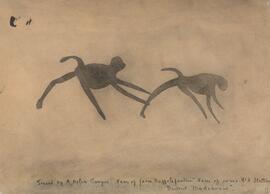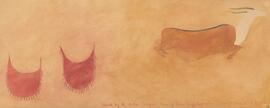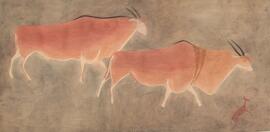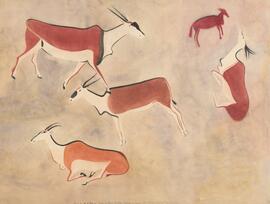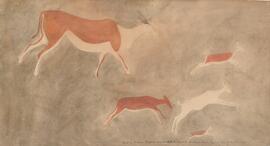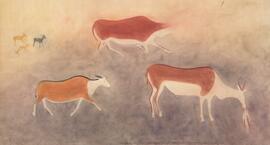HT HT-IZI-HT-01-100HC.jpg
·
Item
·
Unknown
Part of Tongue, Helen
Birds are commonly depicted in rock art. Some of the depictions of birds are shown swooping down on animals or standing next to dead antelope. In San mythology, flight is a wide spread metaphor for trance experience due to the sensations of rising up and floating that are part of some altered states of consciousness produced by the universal human nervous system. Buffels Fontein I

